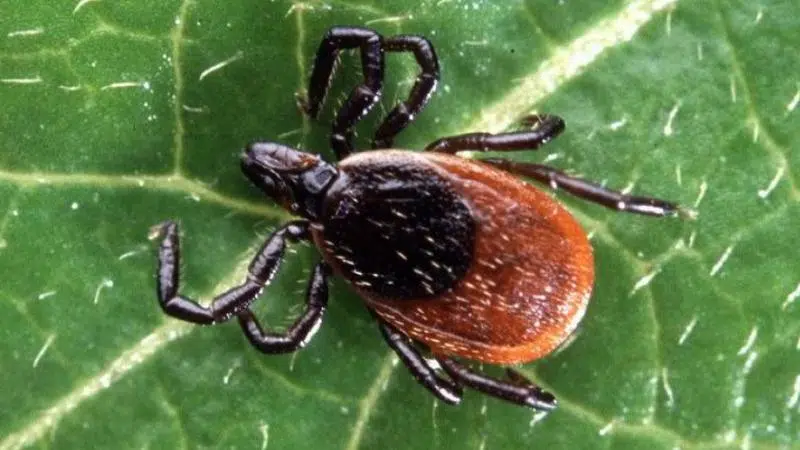
Tick season starting but Lyme disease risk still low
While there is still a low risk of contracting Lyme disease in Saskatchewan, the federal government is reporting its surveillance mapping in recent years indicates populations of black-legged ticks which can carry the disease are spreading in the Eastern and Central provinces.
Neighbouring Manitoba was identified as having a number of high-risk areas for black-legged ticks, particularly in the central and southern regions. Manitoba is reporting the tick range is also continuing to expand.
The Saskatchewan provincial government however is reporting on its website “the risk for Lyme disease is low in Saskatchewan, but not zero.”


